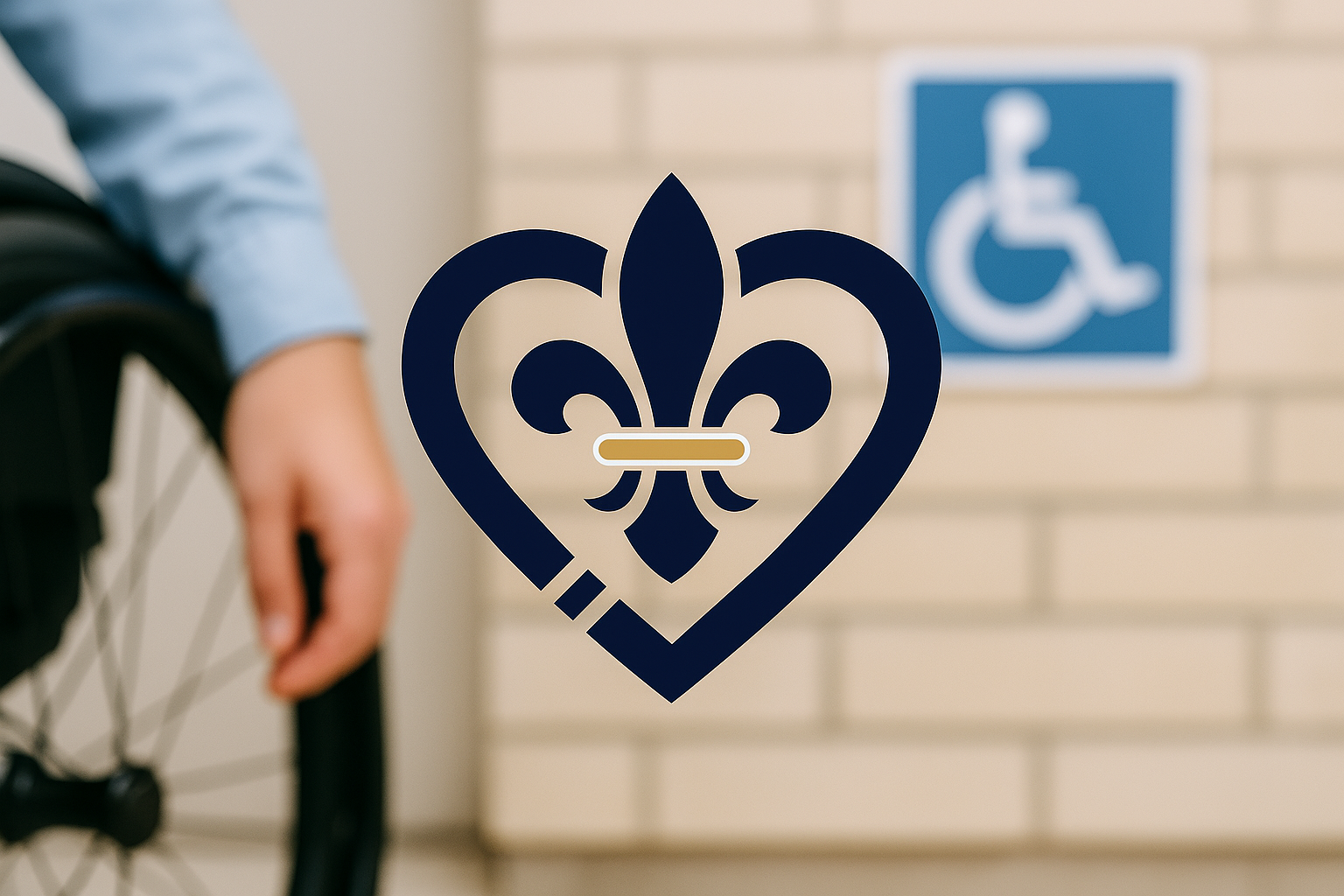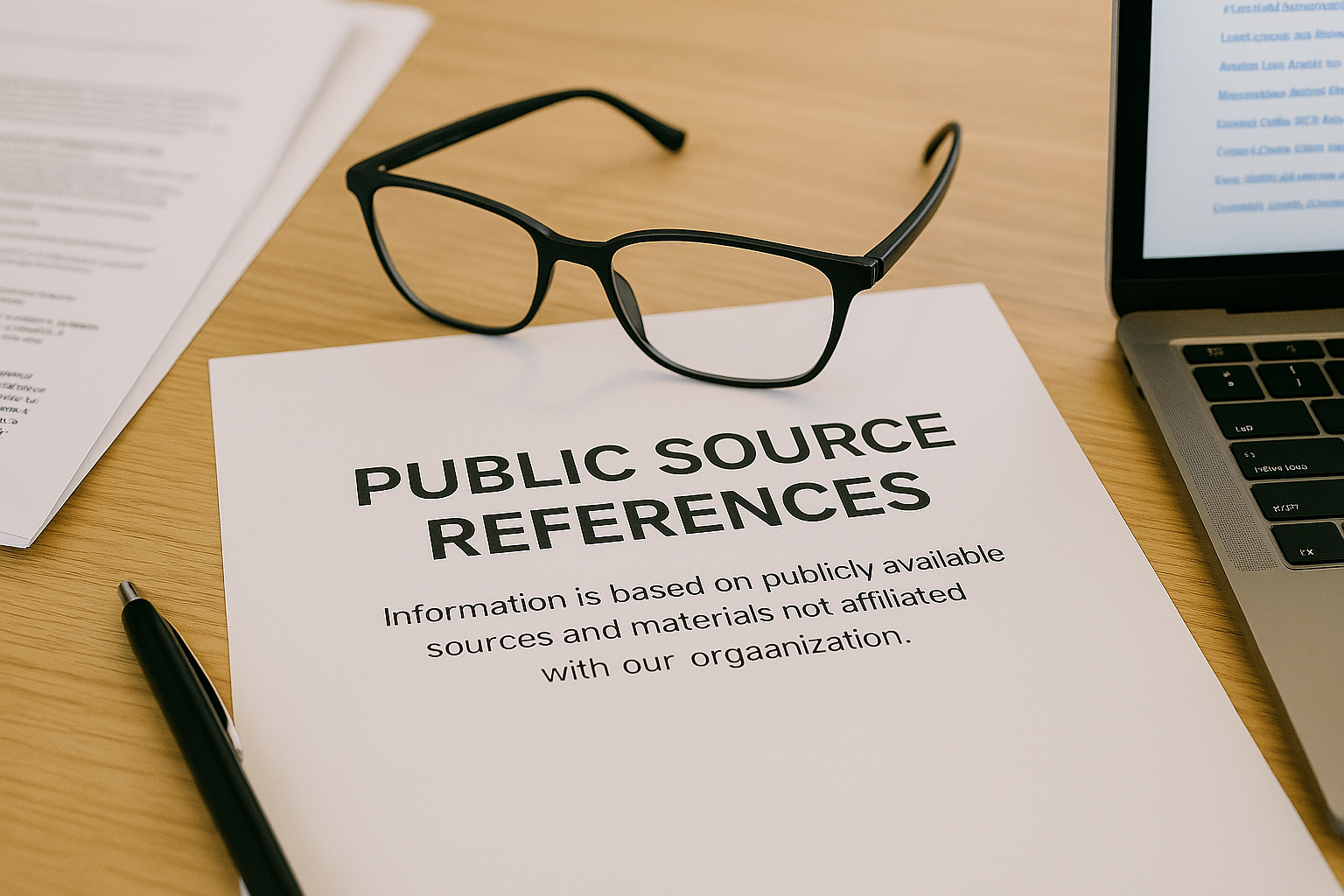The Quest Begins
Mary, a 21-year-old student, is preparing to transition out of her
specialized educational program, which extended her high school experience
from ages 18 to 22 with continued training and supports.
As she approaches her 22nd birthday in three months, she and her Independent Educational Plan (IEP) team
must explore and identify a suitable Day Program that aligns with her
goals, interests, and support needs.
While she has met some local providers at a **Transition Fair** hosted by
her high school, the Department of Developmental Services (DDS)
has also provided her and her guardians with an extensive list of additional
providers. To ensure a smooth transition, her team must coordinate
program visits, assess available services, and determine the best fit
for her long-term success.
The Approach
With the information gathered from the Transition Fair and recommendations
from DDS, Mary’s guardians coordinated tours of five different Day Programs.
During each visit, she had the opportunity to observe program activities,
interact with staff and participants, and assess the level of support offered.
After careful consideration and discussions with her team, Mary selected a
program that offered a **comprehensive blend of services** tailored to her needs, including:
- **Day Habilitation (Day Hab):** Therapeutic supports focused on skill development and personal growth.
- **Community-Based Day Supports (CBDS):** Engaging activities that promote independence and community integration.
- **Group Employment:** Structured employment opportunities with job coaching support.
Transportation Solution
To facilitate a smooth transition, her family secured **PT-1 transportation
approvals** for travel to and from her **Day Habilitation program**.
Additionally, **DDS-funded transportation** was arranged for **community
outings and employment-related activities**, ensuring that Mary had
reliable access to all aspects of her chosen program.
The Reward
Mary successfully adjusted to her new program, gradually building confidence,
social connections, and practical skills. The combination of services provided
her with **a structured yet flexible environment**, enabling her to develop
greater independence and actively participate in her community.
Through **CBDS and Group Employment**, she engaged in meaningful activities,
learned job-related skills, and established **natural support systems** within her community.
Her transition highlights the importance of early planning, informed decision-making,
and personalized programming in supporting young adults as they move from school-based
services into adult disability services.












